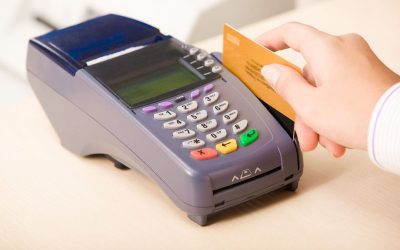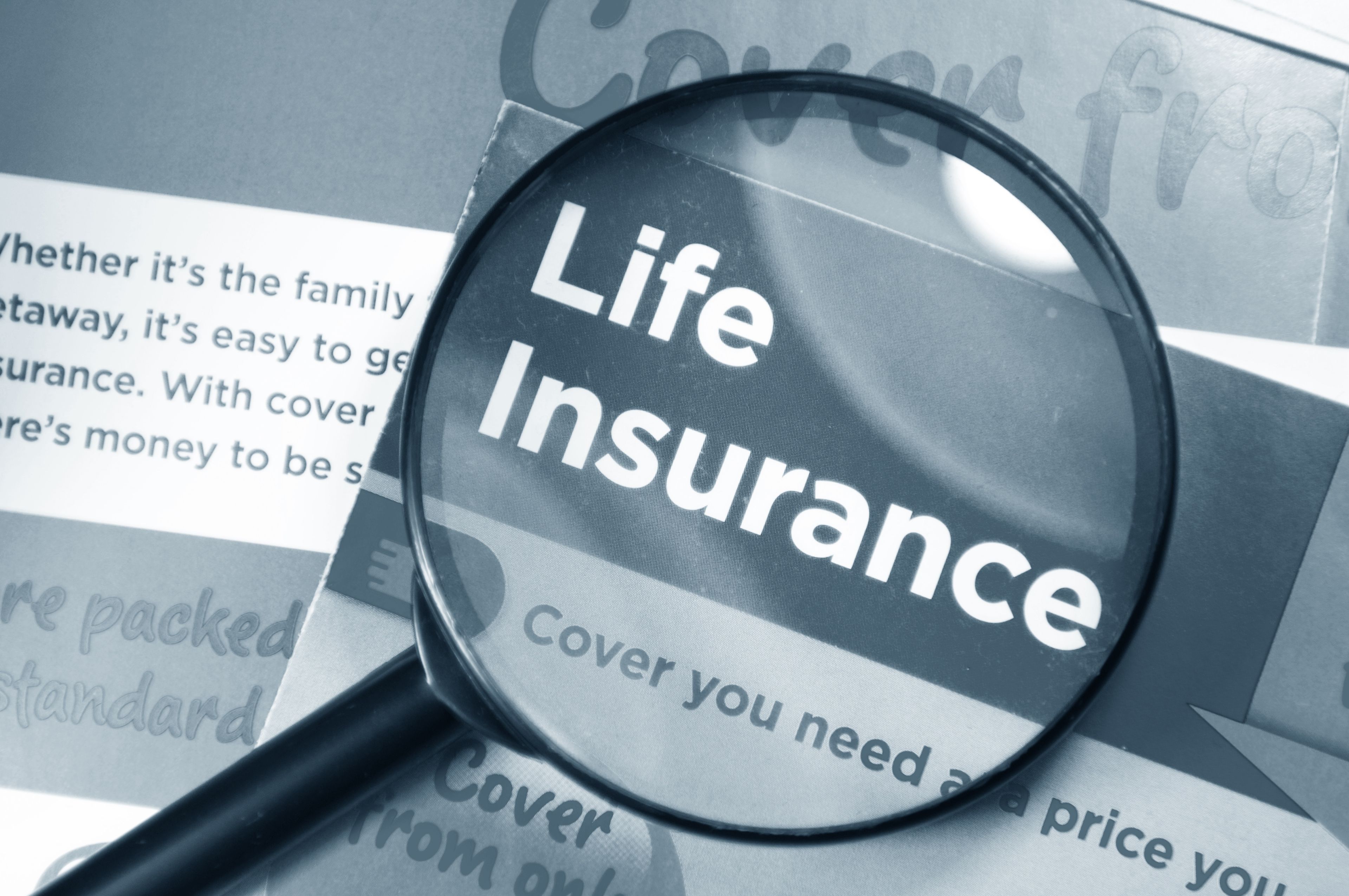There are many misunderstanding out there that have developed about the ability of a leaseholder or a building owner of a private sector commercial building to apply and qualify for a 179D tax deduction. Some of this may have to do with the confusion between qualifying for some the “green” or LEED benefits and the actual Section 179D deduction.
Not LEED Related
The key factor to keep in mind is that any qualified commercial building, including leased multifamily dwellings of more than 4 floors or buildings converted for commercial business, will be eligible for this tax deduction. This also applies to parking garages, provided they have at least internal lighting, and warehouses or factories. The building itself can qualify for the 179D tax deduction but internal processing or manufacturing systems are excluded from this particular tax deduction.
Commercial buildings do not have to be LEED certified or even planning to obtain certification. These are two separate programs and there is no requirement to be involved in LEED certification or “green building” to qualify for the 179D tax deduction.
Application Essentials for a 179D Tax Deduction
Most often for public sector commercial properties and buildings it will be the building owner or the leaseholder that submits the application. The leaseholder, or tenant, can apply if he or she is the one that paid for the improvement. The deduction ideally occurs in the year of the improvement although if no profit is realized that year it can be carried forward or it can be retroactive for previous years with profit.
For public sector construction, renovations, or retrofits there are several people that can apply for a 179D tax deduction. This could include the architect or engineering firm that worked on the construction or renovations as well as any energy saving company or consultant. A letter from the appropriate government representative is required when these groups are submitting the application.
It is also critical to remember that these firms, or the owner or leaseholder, still needs to obtain third party certification of the actual savings that have been achieved to apply for the 179D tax deduction. This includes specific IRS required documentation and an on-site inspection by a qualified professional. This professional, according to the IRS requirements, must be a licensed engineer or contractor within the jurisdiction where the building is located.



